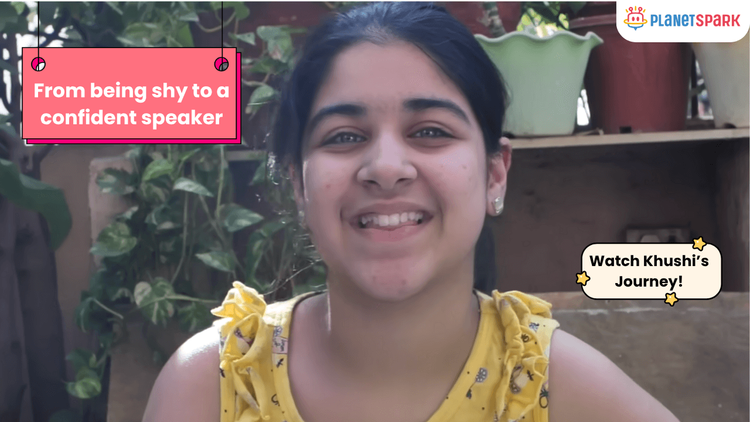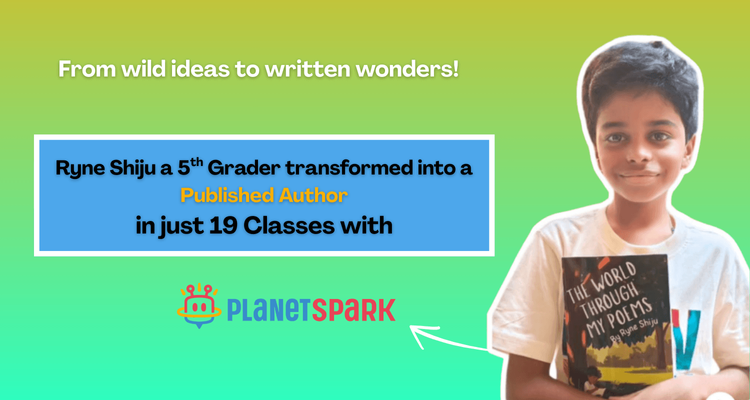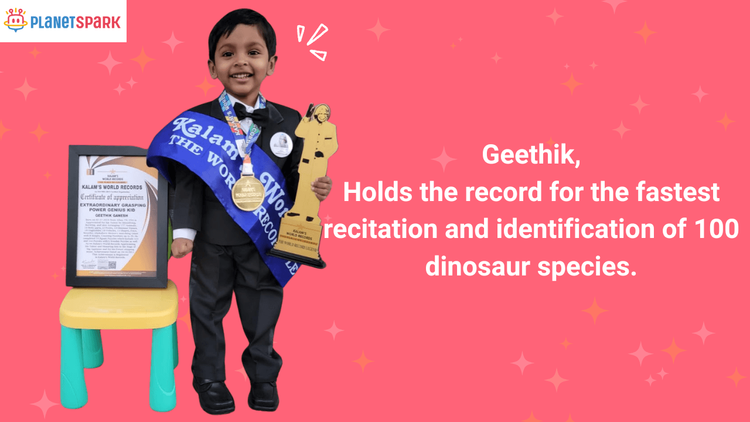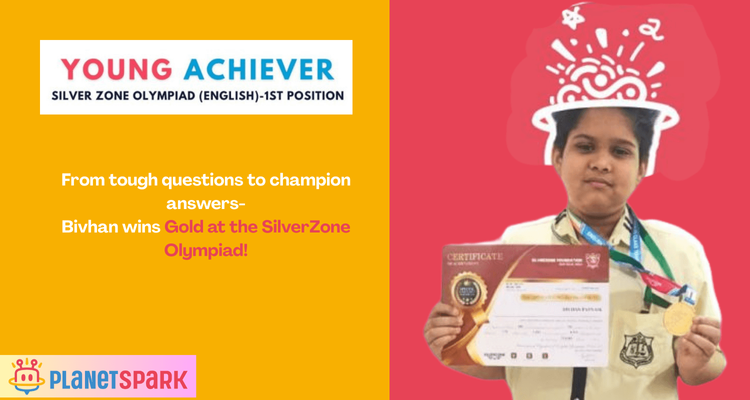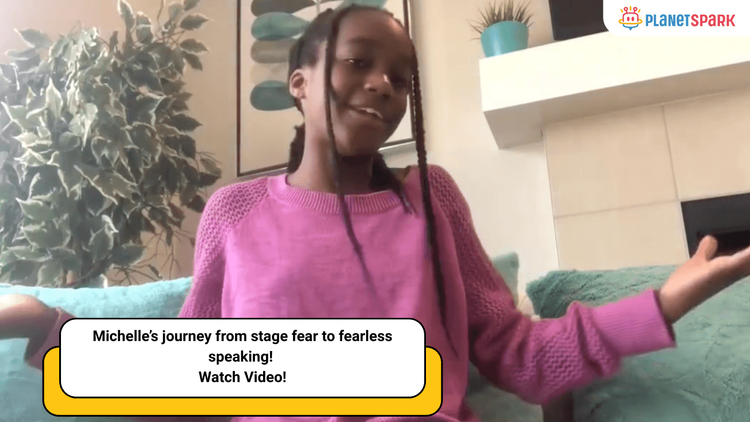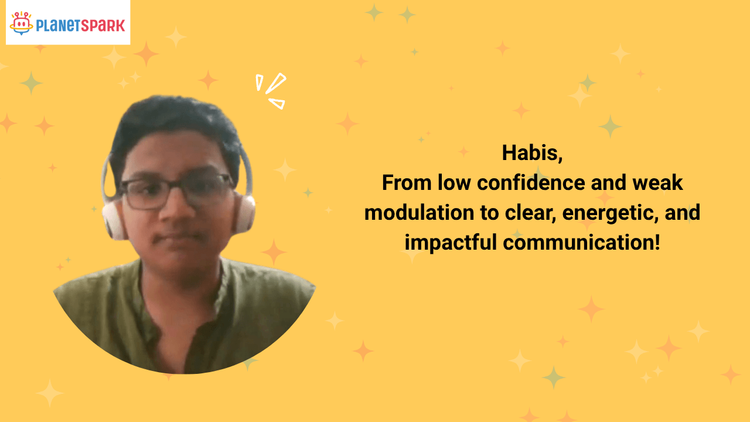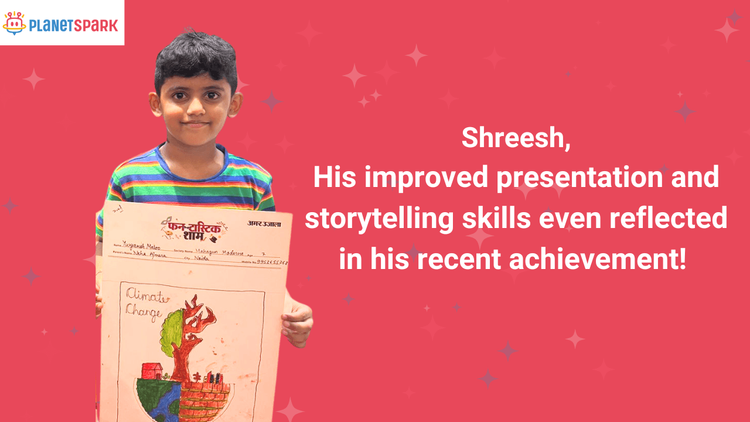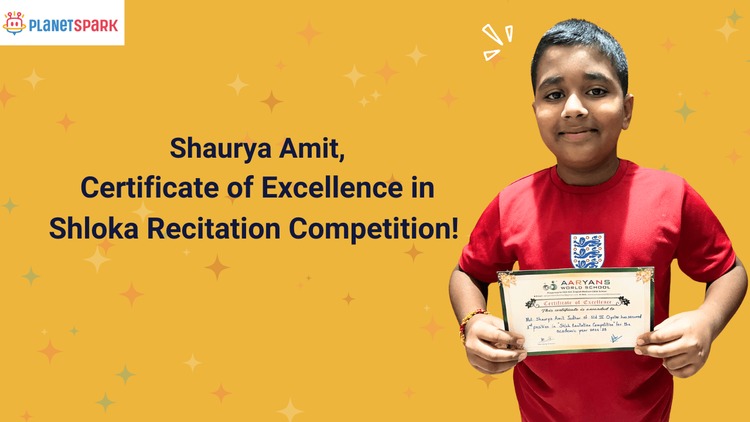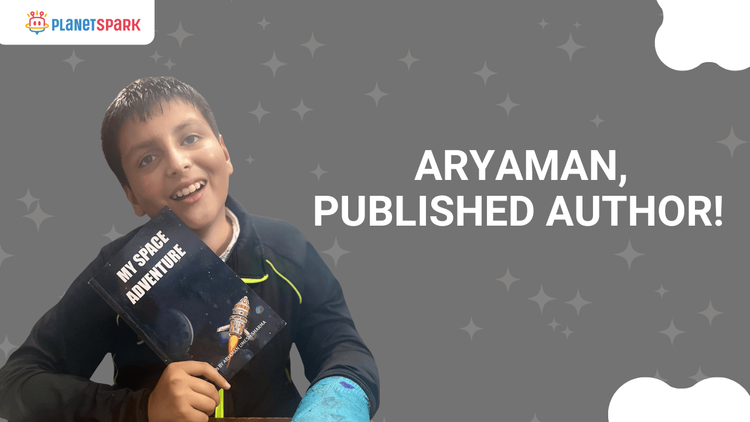
Complete Guide to Sentence Structure in English
Understand how sentences are built with parts, patterns, types, and everyday examples.
What Is Sentence Structure?
Sentence structure refers to the way words, phrases, and clauses are arranged to form a complete and meaningful sentence. Every sentence follows a logical order so the reader or listener can clearly understand who is doing an action and what is happening. In English, a well formed sentence usually includes a subject and a predicate, and may also include objects, modifiers, or clauses that add detail.
Sentence structure is the foundation of clear communication. When learners understand how sentences are built, they can express ideas more confidently, organise thoughts better, and write with clarity. This is why structured guidance and consistent practice become important, especially for young learners who are developing writing skills.
A simple sentence like
The child reads a book
already shows a clear structure:
The child (subject)
reads a book (predicate)
As sentences grow longer, the structure decides how smoothly the message flows. Understanding this helps students avoid confusion, repetitive writing, and unclear expression.
Structure of a Sentence
A sentence is not just a group of words. It is a carefully arranged unit of meaning. The structure of a sentence shows how different elements come together to express a clear idea. Understanding these parts helps learners build strong, meaningful sentences in both writing and speaking.
Core Parts of a Sentence
1. Subject
The subject tells us who or what the sentence is about.
Examples:
The puppy barked loudly.
My friends are playing outside.
This story inspires children.
Tip for learners: If you can answer the question “Who or what is the sentence talking about?”, you have found the subject.
2. Predicate
The predicate tells us what the subject does or what is happening to it. It always contains a verb.
Examples:
The puppy barked loudly.
My friends are playing outside.
This story inspires children.
Quick check: A predicate cannot exist without a verb.
3. Objects
Objects receive the action of the verb.
There are two types:
a. Direct Object – the thing directly affected
She painted a picture.
They built a treehouse.
b. Indirect Object – the person receiving the direct object
She gave her friend a gift.
The teacher showed the class a video.
4. Complements
Complements add essential information to complete the meaning of a sentence.
Types of complements:
Subject complement: follows linking verbs
The sky looks bright.
The children are excited.
Object complement: describes the object
The movie made him famous.
They painted the room blue.
5. Modifiers
Modifiers add detail and make sentences richer.
They can be:
Adjectives (beautiful, tall, tasty)
Adverbs (quickly, softly, yesterday)
Modifier phrases (in the morning, with a smile)
Examples:
The girl read the book with great interest.
The athlete ran very fast.
A bright and cheerful bird sat on the branch.
6. Phrases and Clauses
Phrases
A group of words that work together but do not form a complete thought.
Examples:
in the garden
after the rain
the tall boy with glasses
Clauses
A clause has a subject and a verb.
Two main types:
Independent Clause: can stand alone
The sun set.
I finished my homework.
Dependent Clause: cannot stand alone
because the rain started
when she opened the door
Full example combining both:
I stayed indoors because the rain started.
Putting It All Together
A well structured sentence looks like this:
Subject + Predicate + Optional Extra Parts
Examples:
The little boy (subject) kicked (verb) the ball (object) into the goal (modifier).
My sister (subject) is baking (verb) a chocolate cake (object) for the party (modifier).
The old library (subject) felt (verb) quiet and peaceful (complement).
Understanding how these elements fit together helps learners write sentences that are clear, expressive, and easy to follow.
Types of Sentence Structure
Sentence structures describe how clauses are arranged to form clear and meaningful sentences. English has four main sentence structures, and each one helps express ideas differently. Understanding these structures allows learners to create variety in their writing, avoid repetitive patterns, and convey thoughts with better clarity.
Below is a detailed breakdown of all four types, along with patterns and examples.
1. Simple Sentence Structure
A simple sentence contains one independent clause.
It expresses a complete idea on its own.
Pattern:
Independent Clause (IC)
Examples:
The baby laughed.
Birds fly high.
My cousin loves painting.
The classroom felt warm today.
I finished my assignment.
Why it matters:
Simple sentences make writing clear and direct. They're great for young learners starting sentence formation.
2. Compound Sentence Structure
A compound sentence contains two or more independent clauses joined by:
Coordinating conjunctions (for, and, nor, but, or, yet, so)
Semicolons
Transitional words (however, therefore, meanwhile)
Pattern:
IC + (conjunction/semicolon) + IC
Examples:
I wanted to read a book, but my friend called me.
The sun was shining, so we went for a walk.
She finished her work; she took a short break.
Rahul studied hard, yet he felt nervous before the test.
I can visit today, or I can come tomorrow.
Why it matters:
Compound structure adds balance, contrast, and connection between ideas.
3. Complex Sentence Structure
A complex sentence contains:
One independent clause
At least one dependent clause
Dependent clauses begin with words like because, although, while, since, if, when, unless, before, after.
Pattern:
IC + DC
or
DC + IC
Examples:
Because it was raining, we stayed indoors.
She smiled when she saw her dog.
I will call you after the meeting ends.
The child slept peacefully while the music played.
If you study regularly, you will improve.
Why it matters:
Complex sentences show relationships between ideas, making writing richer and more meaningful.
4. Compound Complex Sentence Structure
A compound complex sentence has:
At least two independent clauses
At least one dependent clause
Pattern:
IC + IC + DC
or variations of IC and DC combinations
Examples:
I wanted to go for a jog, but it started raining when I stepped outside.
She cooked dinner, and her brother set the table while the guests arrived.
When the bell rang, the students packed up, and the teacher dismissed the class.
I was reading a book when my friend called, and we talked for an hour.
The dog barked loudly, and the cat hid because it was scared.
Why it matters:
This structure adds depth, variety, and fluidity to writing. It shows advanced sentence building skills.
Making Writing Better With Mixed Structures
Using different structures helps avoid monotonous writing. For example:
Start a paragraph with a simple sentence for clarity.
Use a compound sentence to connect ideas smoothly.
Add a complex sentence to show cause or contrast.
Use a compound complex sentence to build advanced expression.
Learners who practice switching between structures become more confident and expressive in both writing and speaking.
Sentence Patterns in English
Sentence patterns show the order in which different parts of a sentence appear. These patterns help learners understand how subjects, verbs, objects, and complements fit together. Mastering patterns makes it easier to form clear, balanced, and meaningful sentences.
English sentences generally follow a Subject + Verb base order, but the structure may expand depending on the information being added.
Below are the most common and foundational sentence patterns in English with simple explanations and fresh examples.
1. S + V (Subject + Verb)
A subject performs an action.
Examples:
Birds fly.
Children laughed.
Time passes.
Why this pattern matters:
It builds the core understanding of how sentences begin.
2. S + V + O (Subject + Verb + Object)
The subject acts on something.
Examples:
She wrote a letter.
The dog chased the ball.
They opened the window.
Common in:
Everyday communication, storytelling, and basic sentence building.
3. S + V + C (Subject + Verb + Complement)
The complement adds essential information about the subject.
Used especially with linking verbs (is, am, are, looks, seems, becomes).
Examples:
The sky became dark.
The soup tastes delicious.
The child is happy.
Why complements matter:
They help describe states, conditions, and qualities.
4. S + V + IO + DO (Subject + Verb + Indirect Object + Direct Object)
The subject performs an action for someone or something.
Examples:
She gave her friend a gift.
The teacher showed the class a video.
He sent his mother a message.
Quick tip:
The indirect object (receiver) comes before the direct object (thing).
5. S + V + O + C (Subject + Verb + Object + Complement)
The complement describes the object, not the subject.
Examples:
They painted the walls blue.
The movie made him famous.
The news made her anxious.
Why this matters:
It adds depth and emotional detail to writing.
6. S + V + A (Subject + Verb + Adverbial/Modifier)
Adverbials answer how, where, or when the action happens.
Examples:
She danced beautifully.
The kids played outside.
The train arrived early.
Helpful for learners:
This pattern teaches how details enrich a sentence.
7. S + LV + N/O (Subject + Linking Verb + Noun/Object)
Used when the verb links the subject to a state or identity.
Examples:
He is a painter.
The animal was a tiger.
My brother became a doctor.
Purpose:
This pattern identifies, renames, or defines the subject.
Why Sentence Patterns Are Important
They help learners predict sentence flow.
They assist in forming longer, more meaningful sentences.
They reduce mistakes like fragments or misplaced modifiers.
They make it easier to rewrite, expand, or improve sentences.
When children learn patterns early, they begin to write with structure, confidence, and variety. With practiced guidance, they start arranging words with more intention and clarity.
How Basic Sentence Structure Works
Understanding the foundation of sentence structure helps learners write with clarity and flow. Every sentence, no matter how long or short, is built around a few essential building blocks that work together to express a complete thought.
1. Subject
The subject tells who or what the sentence is about.
Examples:
Riya laughed.
The bright yellow bus stopped near the gate.
My friends are practicing for the play.
2. Verb
The verb explains the action or the state of being.
Examples:
The dog barked.
I am excited.
Students completed the assignment.
3. Object (Optional)
An object receives the action in a sentence.
Examples:
He kicked the ball.
Sara wrote a poem.
They built a treehouse.
4. Complement (Optional)
A complement adds more details about the subject or the object.
Examples:
The sky looks beautiful.
She is a brilliant storyteller.
The room became quiet.
5. Modifiers (Optional)
Modifiers add descriptive details to make sentences richer and more expressive.
Examples:
The extremely tired puppy slept.
She sang softly during the rehearsal.
The child quickly solved the puzzle.
Putting It All Together
Here are complete examples combining these elements:
The enthusiastic students (subject) presented (verb) their science models (object) confidently (modifier).
My little brother (subject) is (verb) a fast learner (complement).
The old library (subject) holds (verb) thousands of rare books (object).
These basics form the framework for all sentence structures. Once a learner understands these core parts, building strong, varied, and expressive sentences becomes much easier, a key focus in many skill-building programs like those that train children to confidently express thoughts in writing.
Sentence Types and Their Structures
Sentence types are based on purpose, while sentence structures are based on clause arrangement. Combining both helps learners understand not just how a sentence is built but also why it is used. Here are the four major types of sentences based on purpose.
1. Declarative Sentence
Used to state facts or share information.
Structure:
Can be simple, compound, complex, or compound-complex depending on the clauses.
Examples:
The Earth revolves around the Sun.
I enjoy reading mystery books.
Although she was nervous, she delivered a great presentation.
2. Interrogative Sentence
Used to ask questions.
Structure:
Often begins with helping verbs or question words (what, why, where, when, how).
Examples:
What are you planning for the weekend
Did you finish your homework
Why is the sky turning dark
3. Imperative Sentence
Used to give commands, instructions, or requests.
Structure:
The subject (you) is usually understood, not stated.
Examples:
Please close the window.
Share your worksheet with your partner.
Turn left at the next signal.
4. Exclamatory Sentence
Used to express strong emotions such as excitement, surprise, or fear.
Structure:
Usually ends with an exclamation mark.
Examples:
What a beautiful view
I can’t believe we won
That was an amazing performance
Learning sentence types alongside structures helps learners add variety, clarity, and emotion to their writing. This layered understanding is especially helpful for children building foundational writing skills through guided practice.
Why Sentence Structure Matters
Strong sentence structure is the backbone of clear and effective communication. When learners understand how sentences are built, they gain the ability to express ideas smoothly, connect thoughts logically, and engage readers more confidently.
1. Improves Clarity
Well-structured sentences make writing easy to follow.
Example:
Weak: The teacher explained the topic the students were confused.
Clear: The teacher explained the topic because the students were confused.
Understanding structure helps eliminate confusion and ensures the message is understood correctly.
2. Enhances Writing Variety
Using only simple sentences can make writing sound flat. Mixing sentence structures adds rhythm and interest.
Example:
Simple: The boy sang. The audience clapped.
Improved: The boy sang, and the audience clapped while smiling proudly.
This variety keeps readers engaged.
3. Strengthens Logical Flow
Sentence structure helps show how ideas are connected, contrast, cause, conditions, time, or results.
Example:
Cause: She practiced daily because the competition was near.
Contrast: He wanted to play outside, but it started raining.
Condition: If you revise well, you will score better.
These structural signals guide readers through the thought process.
4. Helps in Grammar Accuracy
Understanding subjects, verbs, clauses, and connectors reduces common grammar errors like run-on sentences or fragments.
Example:
Incorrect: Because I woke up late.
Correct: Because I woke up late, I missed the bus.
Clear structure reduces mistakes.
5. Builds Strong Creative and Academic Writing
Students who understand structure write better stories, essays, answers, and reports.
Whether they write a narrative or a long academic explanation, structure acts as a framework that supports their ideas.
Common Mistakes in Sentence Structure
Even confident learners often make structural mistakes without realizing it. Highlighting these errors helps them understand what to avoid and how to build stronger, clearer sentences.
1. Sentence Fragments
A fragment looks like a sentence but lacks a complete thought, usually missing a subject or verb.
Incorrect:
Because she finished early.
Walking in the park.
Corrected:
Because she finished early, she went home.
She was walking in the park.
Fragments usually occur when dependent clauses stand alone.
2. Run-on Sentences
A run-on occurs when two independent clauses are joined without proper punctuation or connectors.
Incorrect:
The dog barked loudly it woke the neighbors.
Corrected:
The dog barked loudly, and it woke the neighbors.
The dog barked loudly. It woke the neighbors.
The dog barked loudly; it woke the neighbors.
3. Misplaced Modifiers
Modifiers placed incorrectly can change the intended meaning.
Incorrect:
She found a ring in the park that was shiny.
(Makes it sound like the park was shiny.)
Corrected:
She found a shiny ring in the park.
4. Dangling Modifiers
This happens when the modifier has no clear subject to describe.
Incorrect:
Running quickly, the gate was reached.
Corrected:
Running quickly, she reached the gate.
5. Incorrect Use of Conjunctions
Using connectors wrongly can break the sentence flow.
Incorrect:
I wanted to join but the class was full so I waited.
Corrected:
I wanted to join, but the class was full, so I waited.
I wanted to join, but the class was full. So I waited.
6. Lack of Parallel Structure
Parallelism ensures items in a list or comparison follow the same pattern.
Incorrect:
She likes singing, to dance, and writing stories.
Corrected:
She likes singing, dancing, and writing stories.
7. Overuse of Simple Sentences
Using too many short sentences makes writing sound choppy.
Example:
The storm arrived. The lights went out. We were scared.
Improved:
When the storm arrived, the lights went out, and we were scared.
Avoiding these mistakes helps learners write more polished, clear, and professional sentences, an essential skill nurtured through consistent reading, practice, and guided learning experiences.
How to Improve Sentence Structure
Building strong sentence structure is a skill that develops with guided practice, consistent reading, and conscious writing. Here are effective strategies learners can use to strengthen their sentence-building abilities.
1. Start by Identifying Sentence Parts
Before improving structure, learners must clearly recognize subjects, verbs, objects, and modifiers.
Quick Practice:
Underline the subject, circle the verb, and box the object in sentences they read or write.
This builds awareness of how each part works.
2. Read Actively to Observe Sentence Patterns
Reading exposes learners to natural sentence flow and variation.
What to Notice:
How authors combine short and long sentences
Use of connectors like because, although, and while
Descriptive phrases placed before or after the main clause
Encourage learners to copy a few sentences they like and break them down to understand the structure.
3. Practice Combining Sentences
Merging short sentences into larger structures improves fluency.
Example:
Simple: The girl found a map. It was old. She opened it carefully.
Improved: The girl found an old map, and she opened it carefully.
This helps avoid choppy writing.
4. Use Transition Words Thoughtfully
Transitions show relationships between ideas and improve flow.
Helpful transitions:
Cause: because, since
Contrast: however, but
Addition: and, moreover
Time: when, after, before
Using the right transition instantly elevates clarity.
5. Experiment with All Four Sentence Structures
Learners should practice writing multiple versions of the same idea.
Example Prompt:
Write about your morning in a:
Simple sentence
Compound sentence
Complex sentence
Compound-complex sentence
This builds confidence and flexibility.
6. Check for Common Errors
Encourage quick self-checks for:
Missing subjects or verbs
Run-on sentences
Misplaced modifiers
Repetitive patterns
Even advanced writers use these checks to polish their work.
7. Get Feedback and Rewrite
Reviewing writing with feedback helps learners refine structure.
Rewriting also reinforces correct patterns.
Structured guidance, such as targeted writing tasks or mentored sessions, strengthens this skill over time.
Explore More Blogs on English Grammar
Get Acquainted with Our Top Educators
Top 1% certified experts who make learning engaging and impactful.
Our Impact!

Key Takeaways on Building Strong Sentences
Sentence structure is the foundation of clear, confident, and effective communication. When learners understand how sentences are built, how clauses connect, and how different structures work together, their writing becomes sharper, richer, and easier to follow. With consistent practice, varied reading, and guided activities, students can master the skill of crafting meaningful sentences that express ideas with accuracy and impact. This understanding also supports growth in creative writing, academic performance, and everyday communication.
Making Headlines Nationwide
Featured in leading media for transforming individuals into confident, expressive, and stage-ready public speakers.

Hi There, want to try these
tips for your child with
LIVE with our expert coach?
Let's check your child's
English fluency














